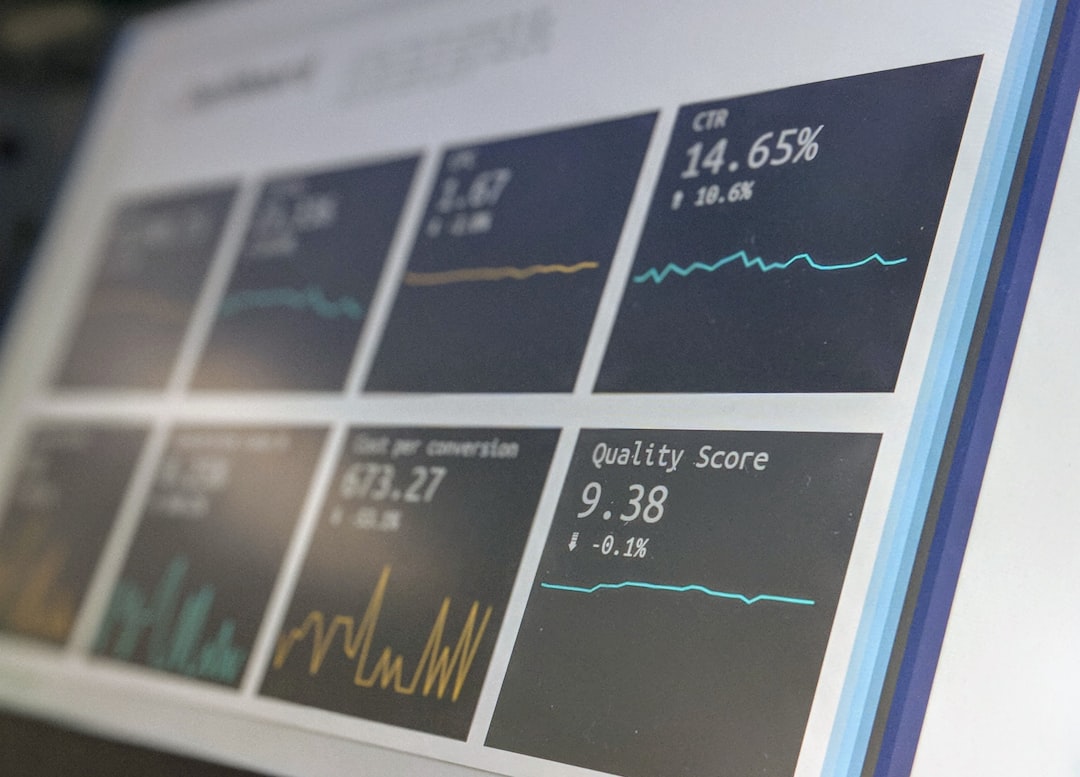
Uncovering Hidden Eras through Advanced Visualization Debugging Techniques
In the ever-evolving landscape of technology, the ability to uncover hidden eras in software development is crucial. Advanced visualization debugging techniques are transforming the way developers approach debugging, enabling them to analyze code more effectively and identify issues that might otherwise go unnoticed. This article delves into these cutting-edge techniques, their applications, and the impact they have on software development.
Understanding Advanced Visualization Debugging Techniques
Advanced visualization debugging techniques combine data visualization with traditional debugging methods to enhance the clarity and accessibility of complex data sets. Instead of relying solely on textual logs, these techniques allow developers to visualize data flow, execution paths, and variable states in a more intuitive manner.
Key Components of Advanced Visualization Debugging
-
Data Flow Visualization: This technique illustrates the flow of data through an application, enabling developers to see how data is manipulated at various stages. By visualizing data flow, developers can pinpoint bottlenecks and inefficiencies.
-
Execution Path Visualization: This method tracks the path that code execution takes, highlighting conditional branches and loops. It helps developers understand how their code behaves under different scenarios, making it easier to identify logical errors.
-
Variable State Visualization: By visualizing the state of variables at different points in the execution process, developers can identify unexpected changes and anomalies that may lead to bugs.
Current Developments in Visualization Debugging Techniques
The field of advanced visualization debugging is rapidly advancing, with several emerging trends gaining traction among developers. Some of these developments include:
Integration with AI and Machine Learning
AI and machine learning algorithms are being integrated into debugging tools, allowing for automated anomaly detection. By analyzing historical data and identifying patterns, these tools can suggest potential bugs before they manifest in the code. For instance, tools like DeepCode leverage AI to provide real-time code analysis and suggestions.
Real-time Collaboration Features
Modern development environments are increasingly incorporating real-time collaboration features that allow teams to visualize debugging sessions together. Tools like Visual Studio Live Share enable developers to share their debugging sessions in real-time, fostering collaboration and improving problem-solving efficiency.
Interactive Debugging Environments
Interactive debugging environments, such as those provided by Jupyter Notebooks, allow developers to manipulate code and visualizations on-the-fly. This interactivity enhances the debugging process, allowing for immediate feedback and experimentation.
Practical Applications of Advanced Visualization Debugging Techniques
Advanced visualization debugging techniques are not just theoretical; they have real-world applications that significantly enhance productivity and code quality. Consider the following case studies:
Case Study: Multi-tier Web Applications
In a multi-tier web application, developers often face challenges related to data inconsistencies and performance bottlenecks. By employing data flow visualization, teams can track how data is retrieved from the database, processed, and sent to the frontend. This approach has enabled organizations to reduce response times by as much as 40%, leading to improved user experiences.
Case Study: Machine Learning Algorithms
In machine learning projects, debugging can be particularly complex due to the intricate nature of the algorithms. Execution path visualization allows data scientists to trace how input data is transformed through various layers of the model. This has resulted in more efficient tuning of hyperparameters and ultimately better-performing models.
Expert Opinions on the Future of Debugging
According to Dr. Jane Smith, a leading software engineer and advocate for visualization techniques, “The future of debugging lies in our ability to visualize complex data sets. As our applications grow more complicated, traditional debugging methods will simply not suffice. Advanced visualization will be key to maintaining code quality and efficiency.”
Tools and Resources for Advanced Visualization Debugging
To explore advanced visualization debugging techniques further, consider the following tools:
- Sentry: Provides real-time error tracking and performance monitoring.
- Grafana: Offers powerful visualization tools for data analytics.
- D3.js: A JavaScript library for producing dynamic, interactive data visualizations in web browsers.
For further reading on advanced debugging techniques, check out:
In conclusion, uncovering hidden eras through advanced visualization debugging techniques is not just a trend but a necessary evolution in the realm of software development. By embracing these techniques, developers can enhance their debugging processes, leading to cleaner code and more efficient applications. Don’t hesitate to explore new tools and practices in your own projects, and consider sharing this article with your peers to spread the knowledge!


